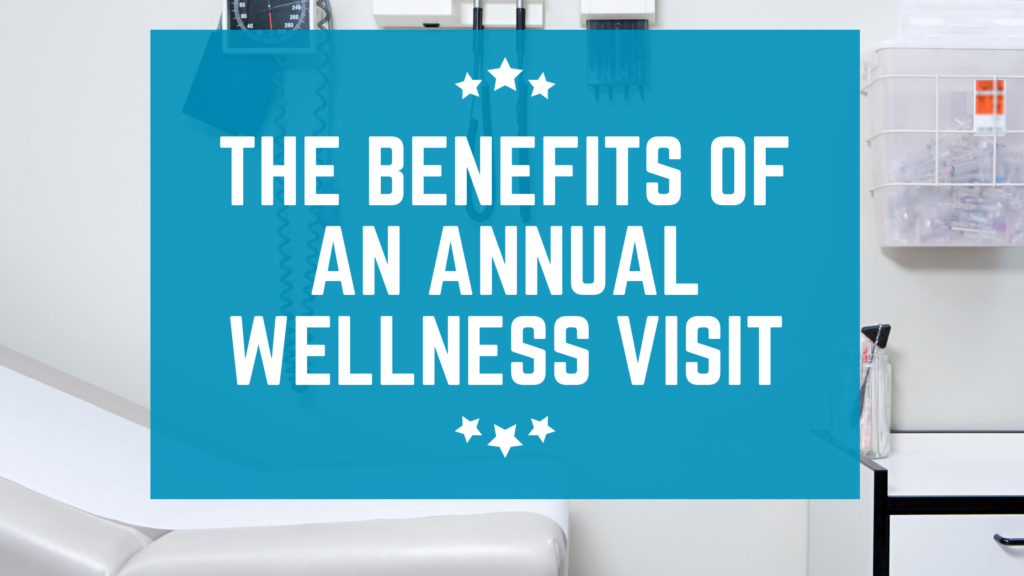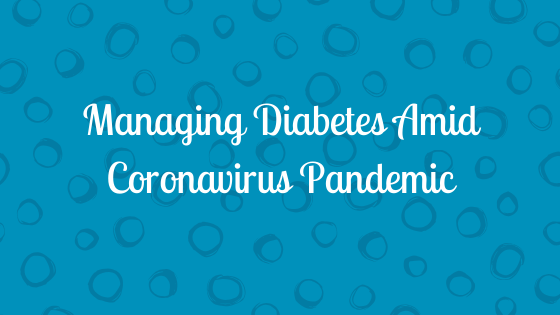
Two 2018 reports from the Office of Minority Health outlined the higher rates of type 2 diabetes among minorities than non-Hispanic white Americans. Specifically, non-Hispanic African-Americans were 60 percent more likely to be diagnosed with diabetes than non-Hispanic white Americans. Non-Hispanic black Americans were also twice as likely to die from diabetes as non-Hispanic Caucasian Americans. In the same year, Hispanics in the U.S. were 70 percent more likely to be diagnosed with diabetes than white Americans and they were also 1.3 times as likely to die from the same disease as non-Hispanic whites.
Why are minorities in America more likely to develop type 2 diabetes than white Americans?
Social disparities among minorities are the most common culprits. The inability to afford or access healthy foods as well as poor access to healthcare providers and gyms are just a few reasons why minorities struggle to maintain their health. These struggles are especially evident in rural areas where public transportation and access to local medical providers are few and far between.
What is the healthcare community doing to help minorities have better health?
The CDC has implemented several programs to address social health disparities among minorities. They have partnered with private and public organizations to develop the National Diabetes Prevention Program. However, enrollment among minorities into this program has been low so the CDC has also funded 10 national organizations to start new in-person and online programs in underserved areas. Participants of the program work with a trained lifestyle coach to learn how to eat healthily, exercise properly, and make good lifestyle choices.
While national organizations like the CDC are doing what they can to bring better health to minorities across the US, Mantachie Rural Healthcare is doing our part to provide diabetes care and education to all people groups in our rural community, including minorities. We offer an income-based sliding scale for healthcare, free monthly diabetes education courses, and access to a dietitian and other health professionals to help our patients learn how to become healthy. To schedule your first visit with us, dial 662-282-4226 or click here to request an appointment.









